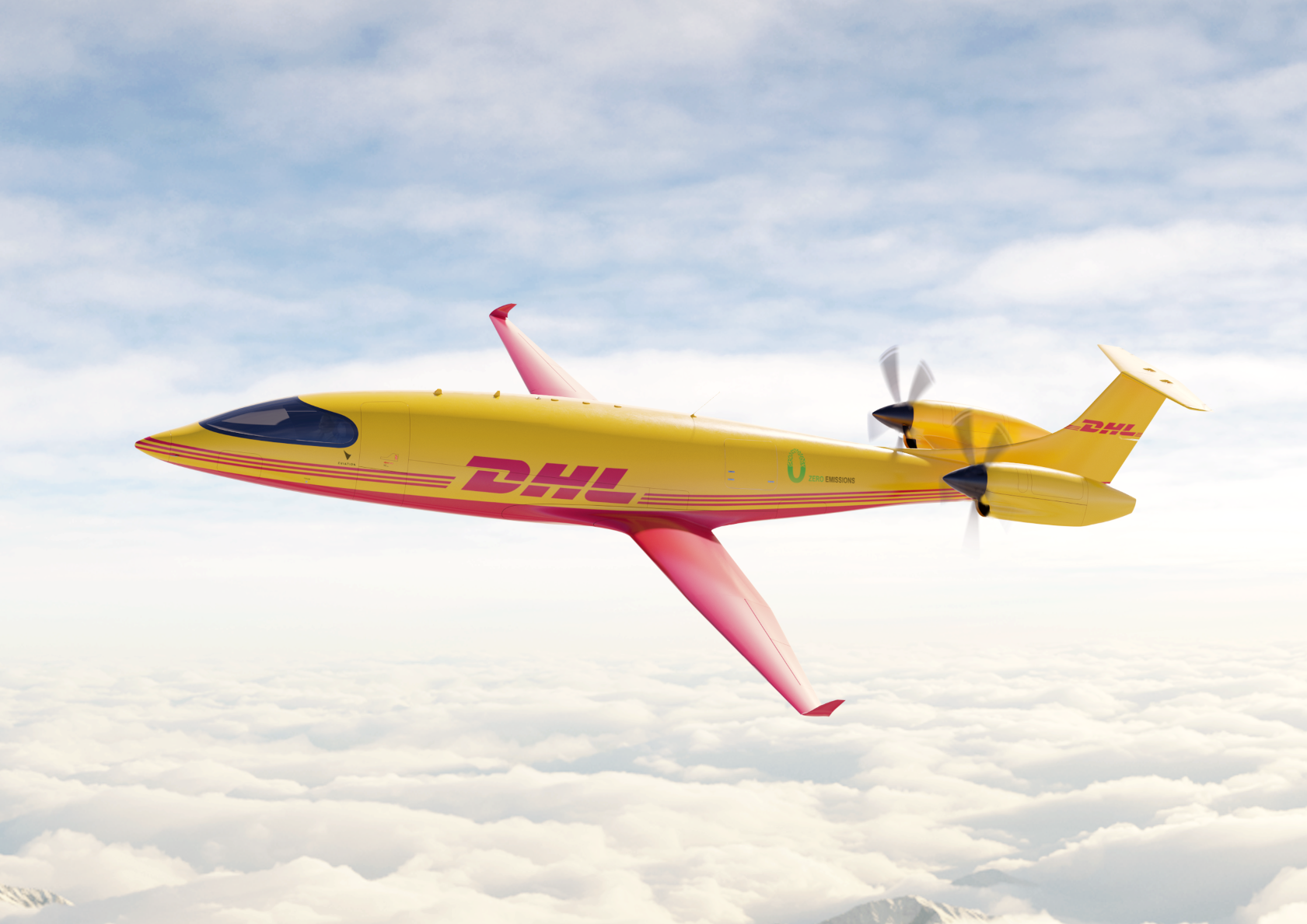
Credit: Eviation
Global logistics operator DHL Express has signed on as the launch customer for a cargo variant of Eviation’s Alice electric regional aircraft as part of pioneering plans to establish a sustainable electric express freight network from 2024 onwards. The order for 12 aircraft marks a breakthrough for...
Subscription Required
This content requires a subscription to one of the Aviation Week Intelligence Network (AWIN) bundles.
Schedule a demo today to find out how you can access this content and similar content related to your area of the global aviation industry.
Already an AWIN subscriber? Login
Did you know? Aviation Week has won top honors multiple times in the Jesse H. Neal National Business Journalism Awards, the business-to-business media equivalent of the Pulitzer Prizes.

